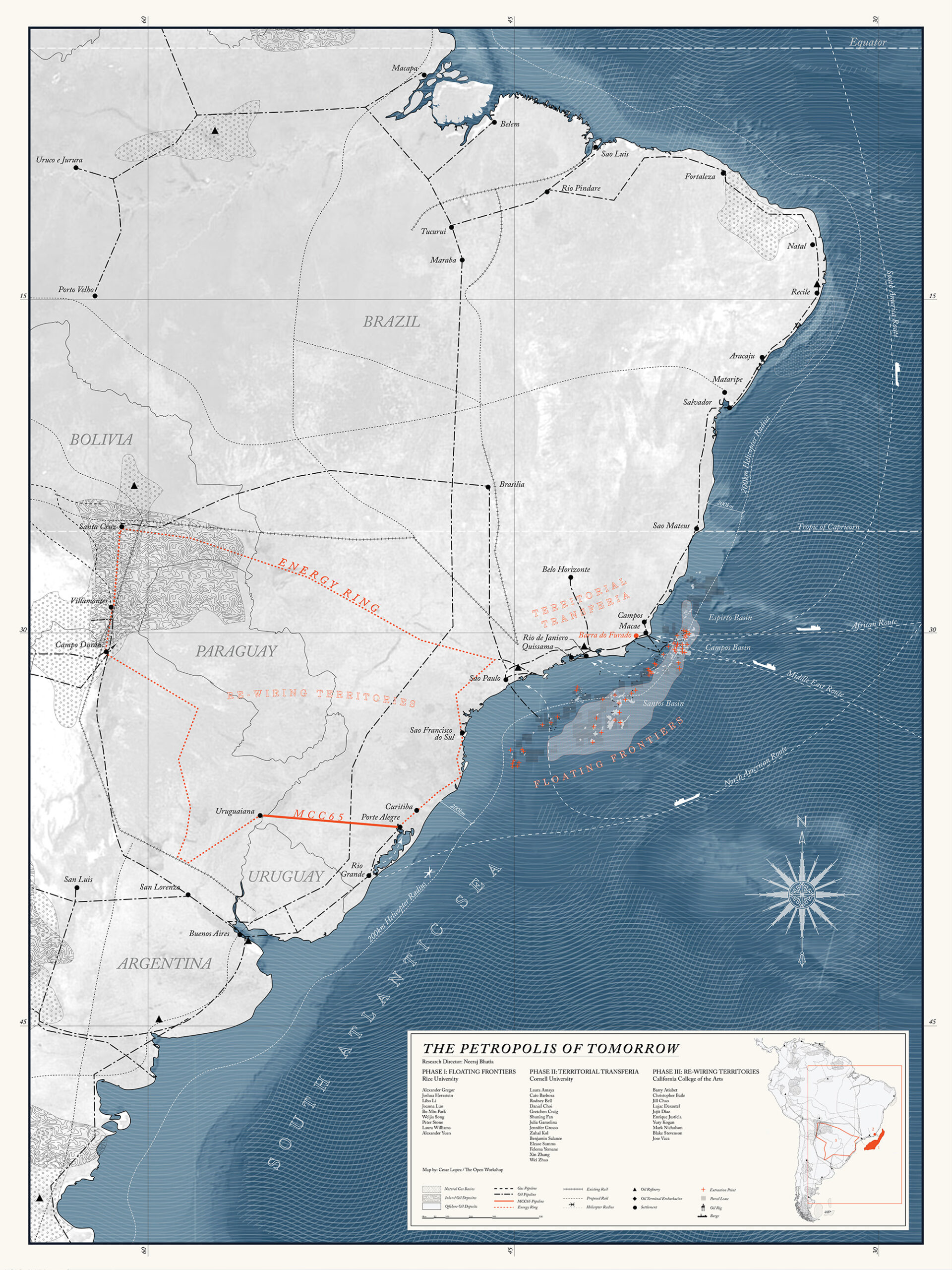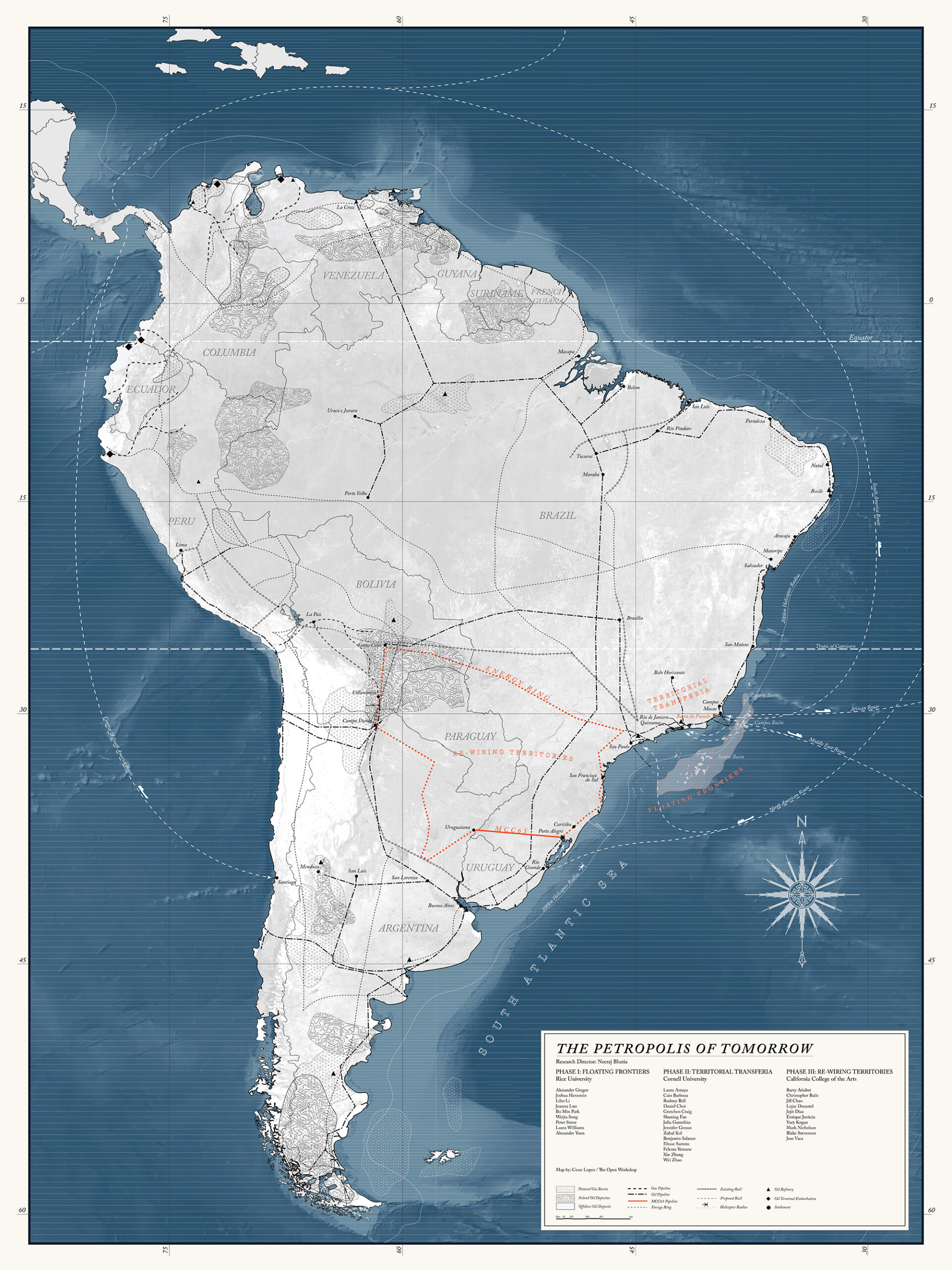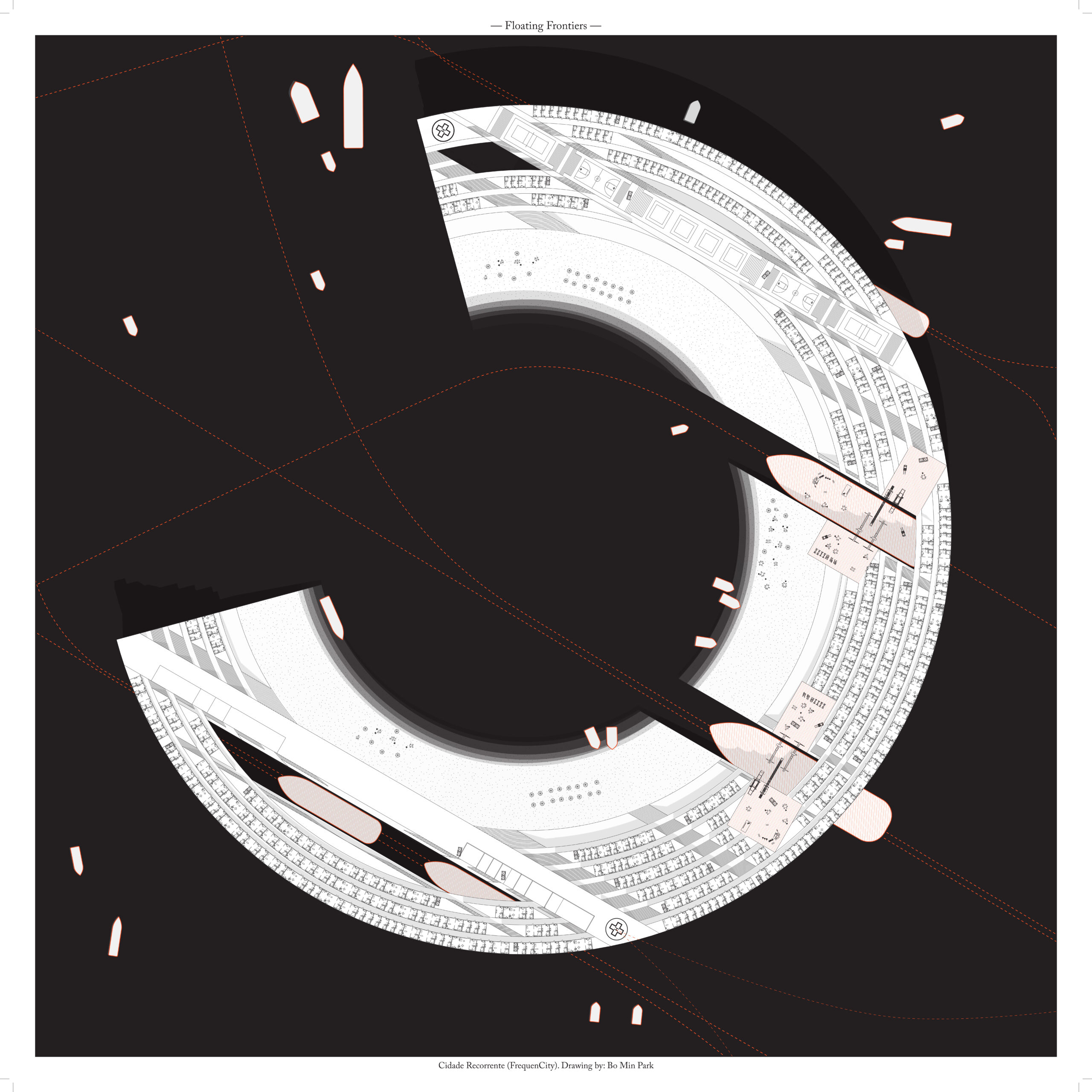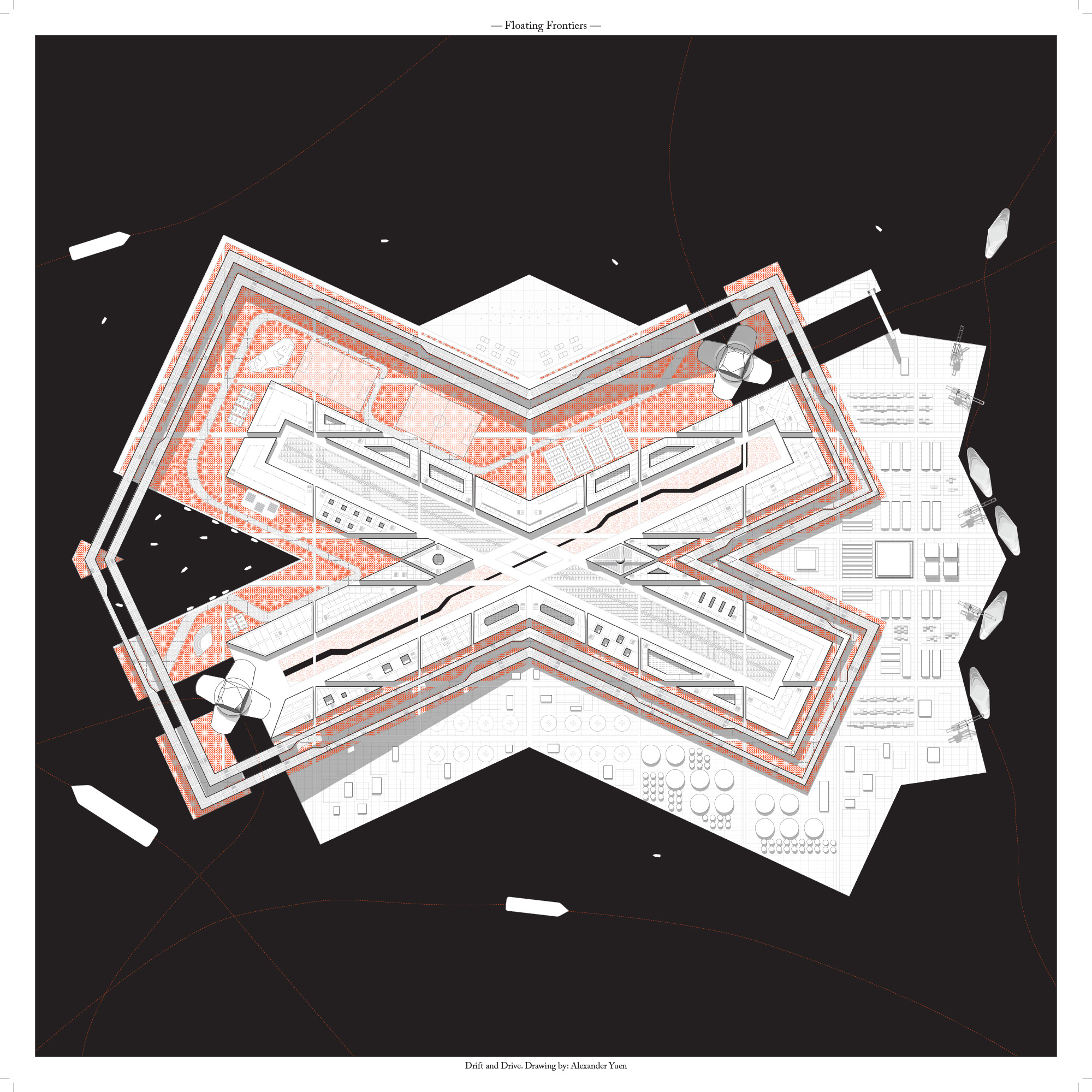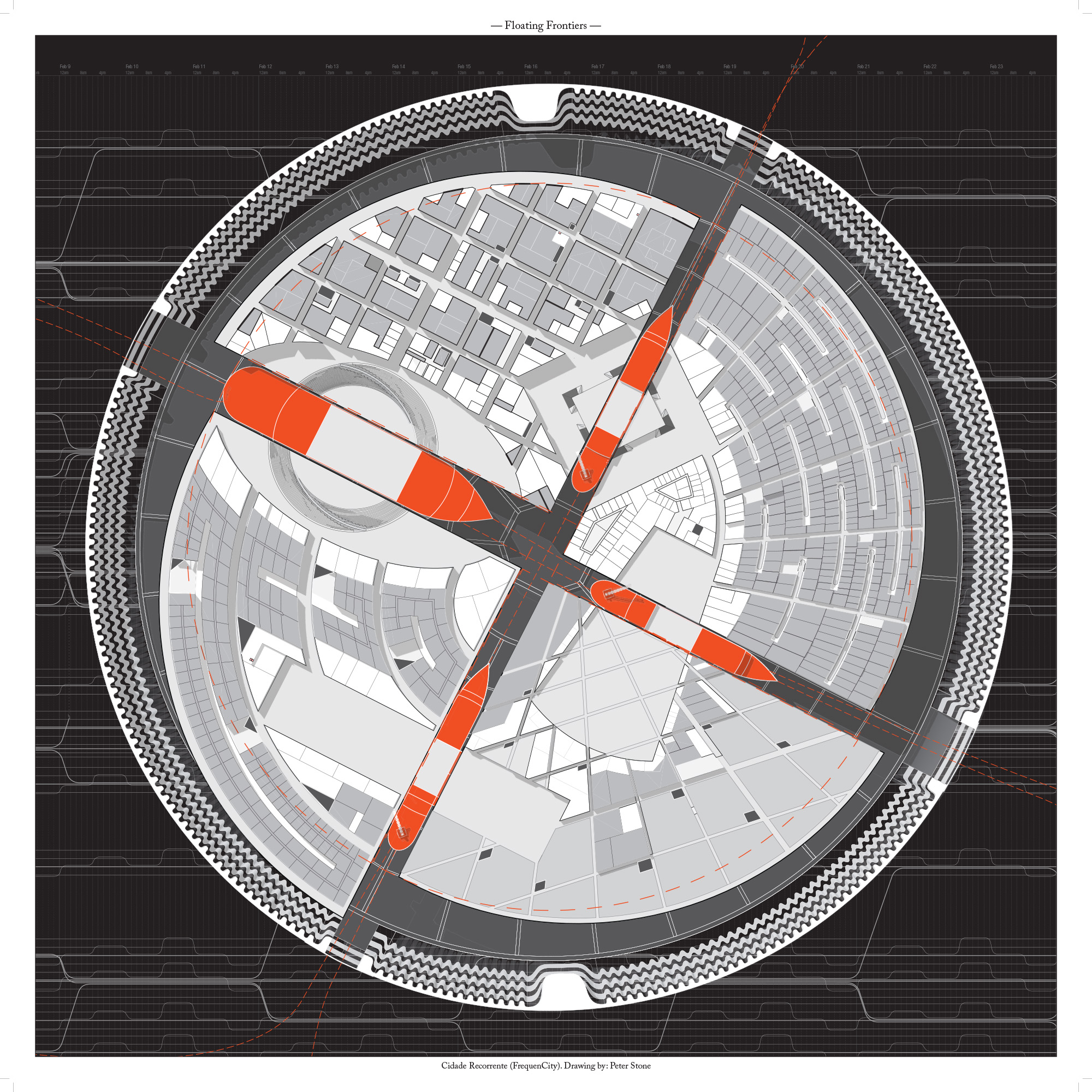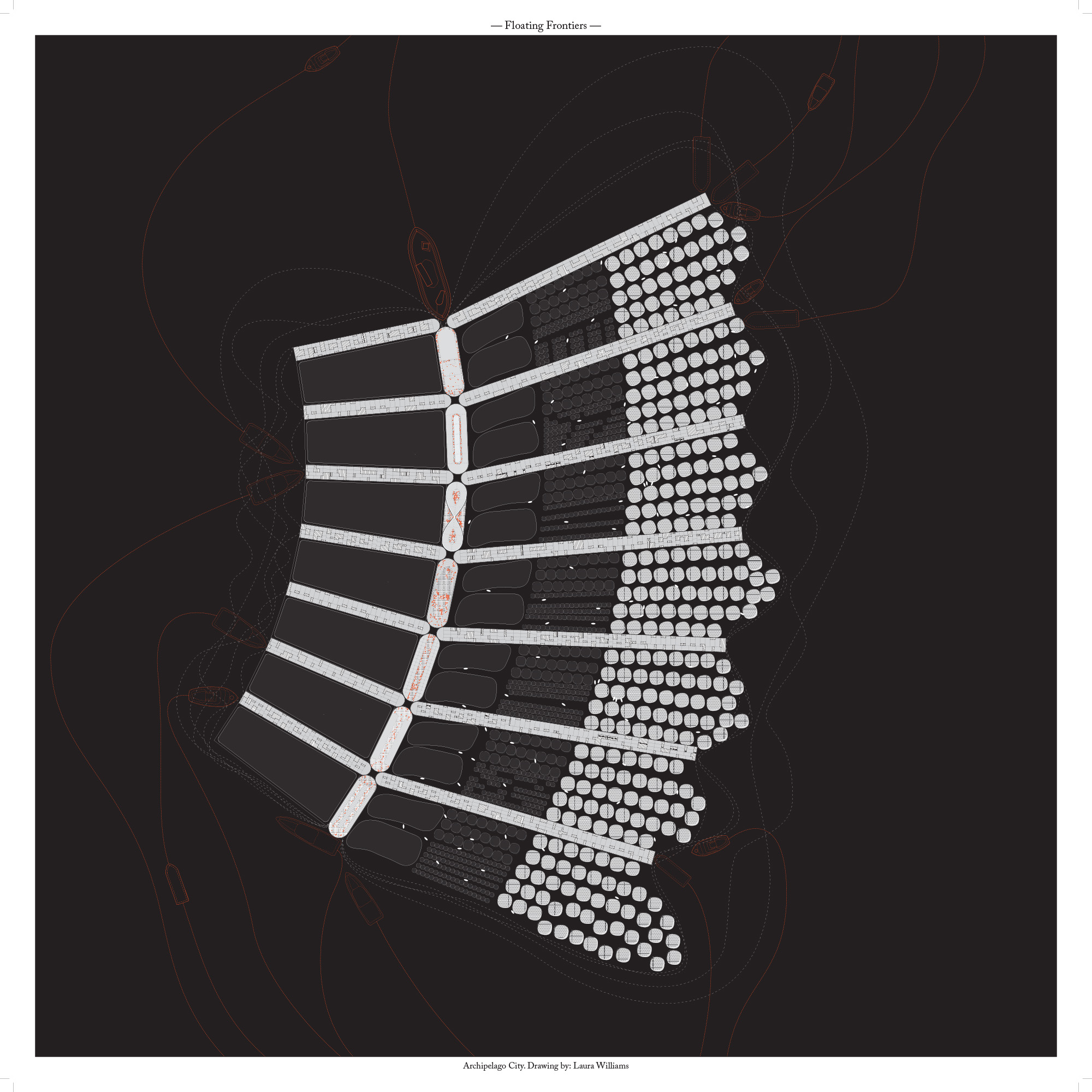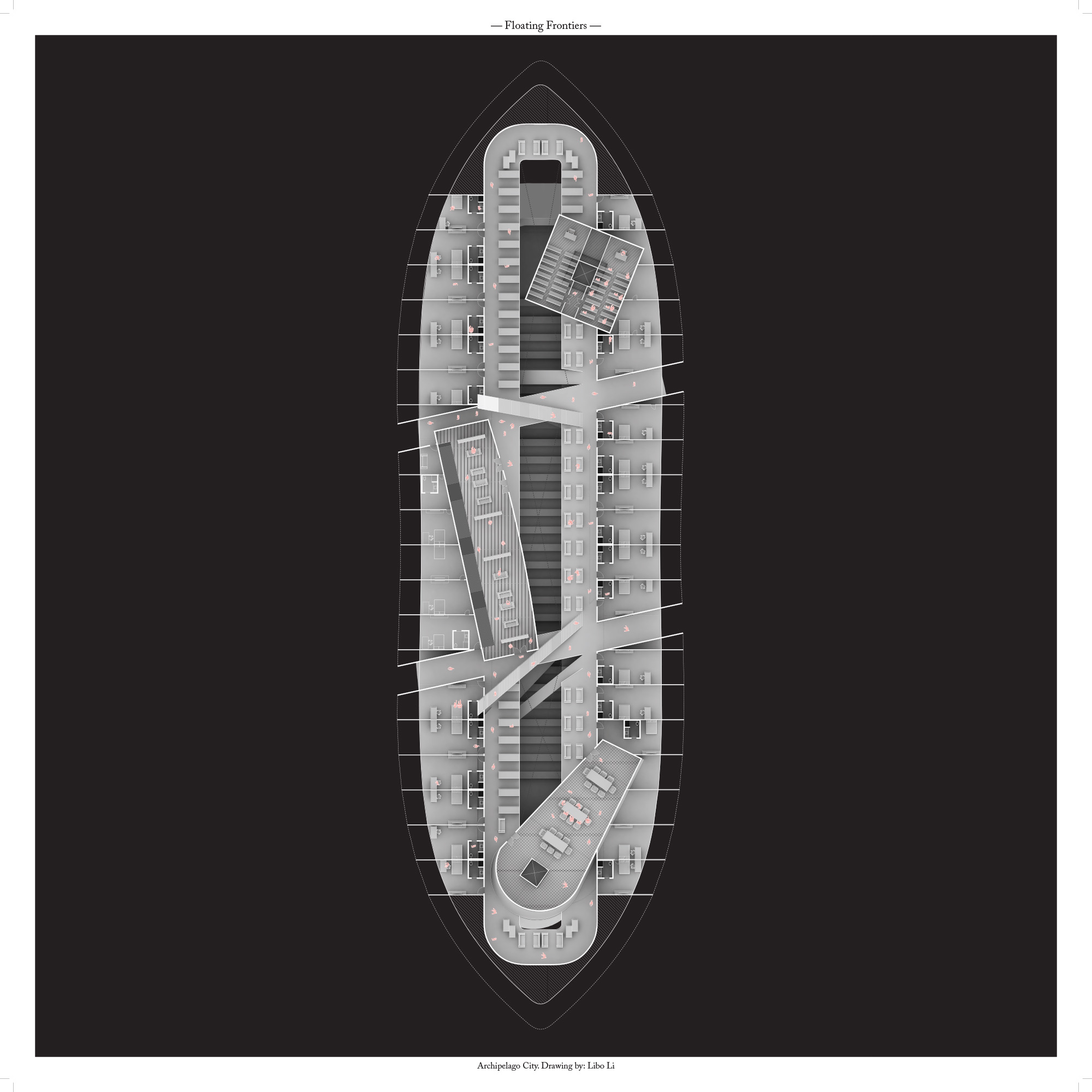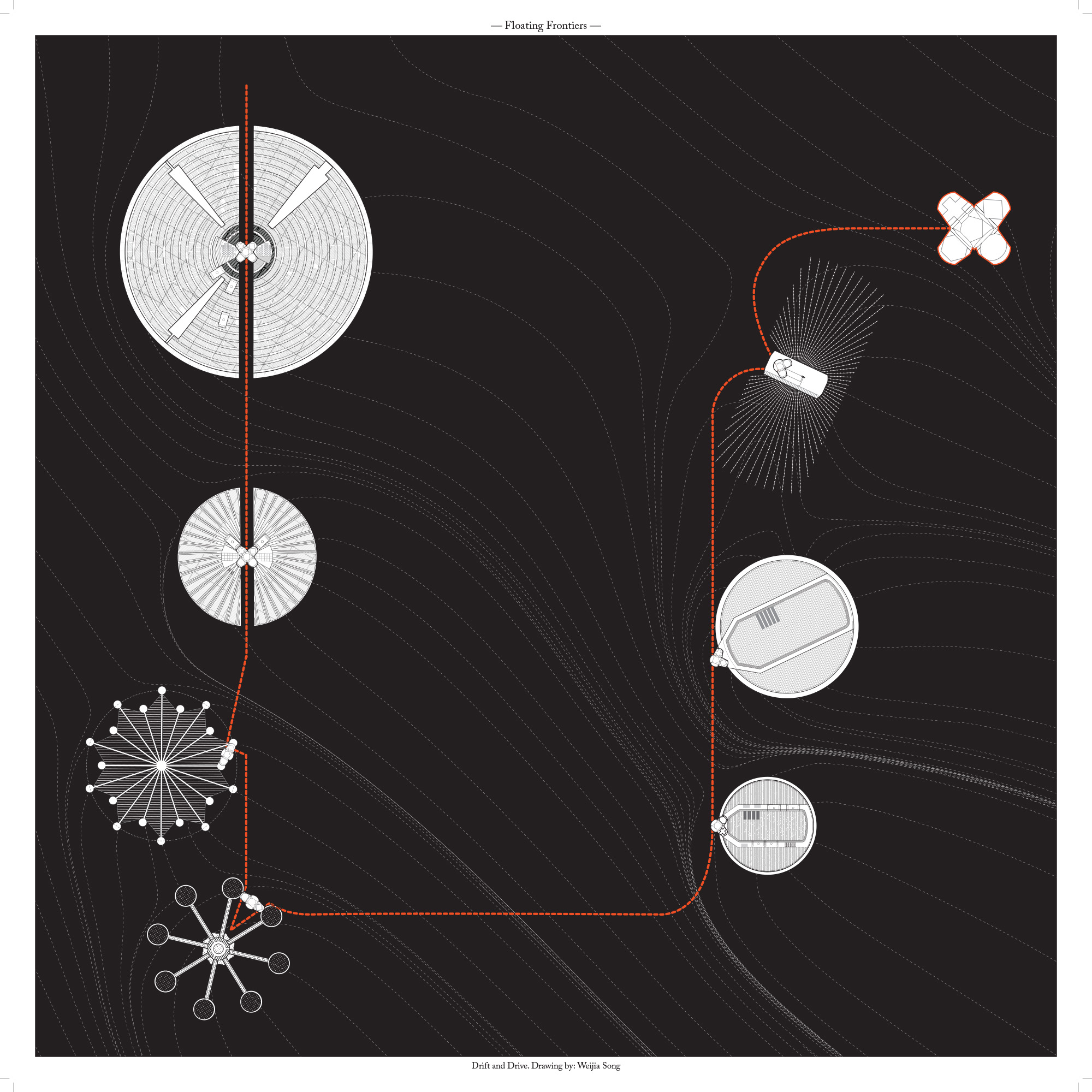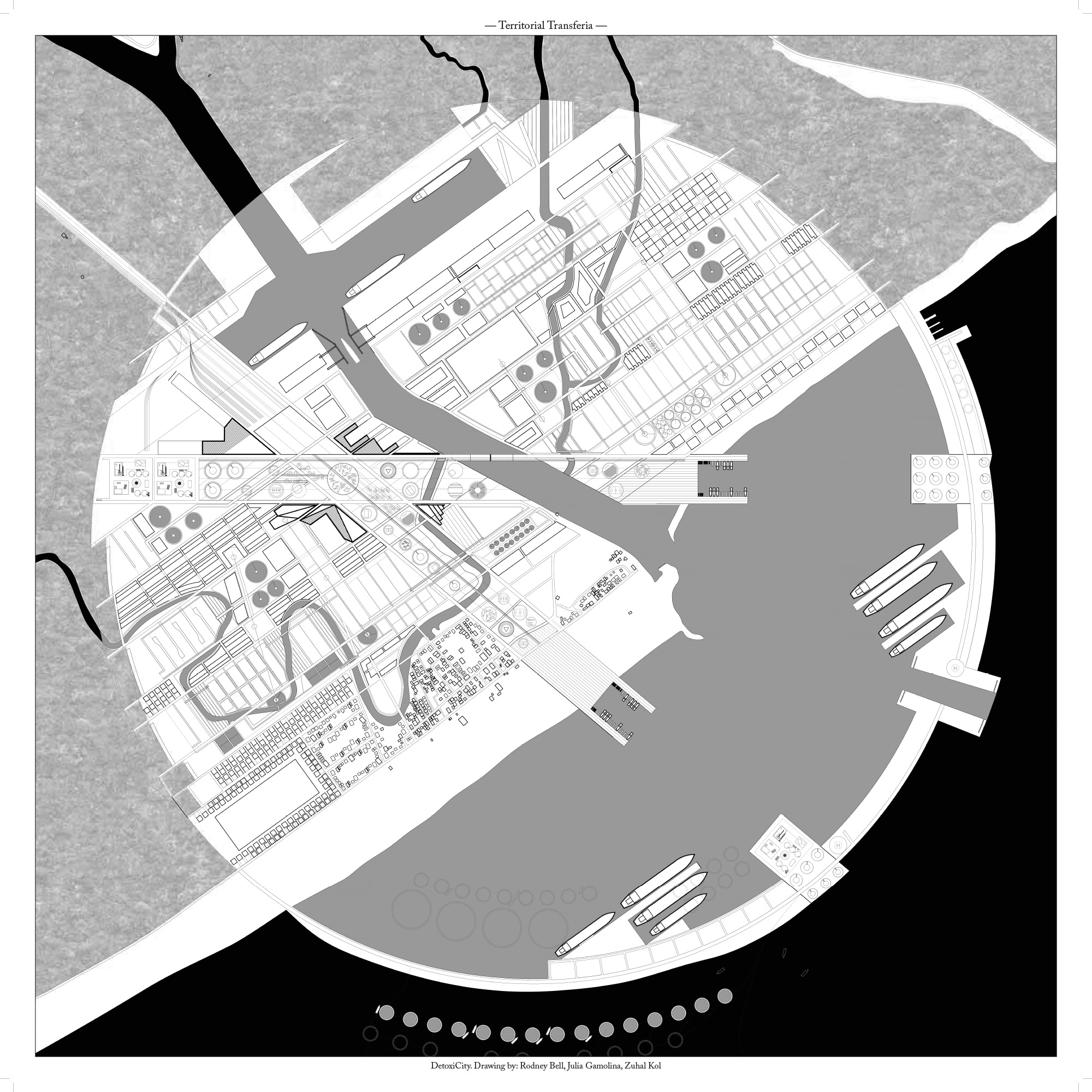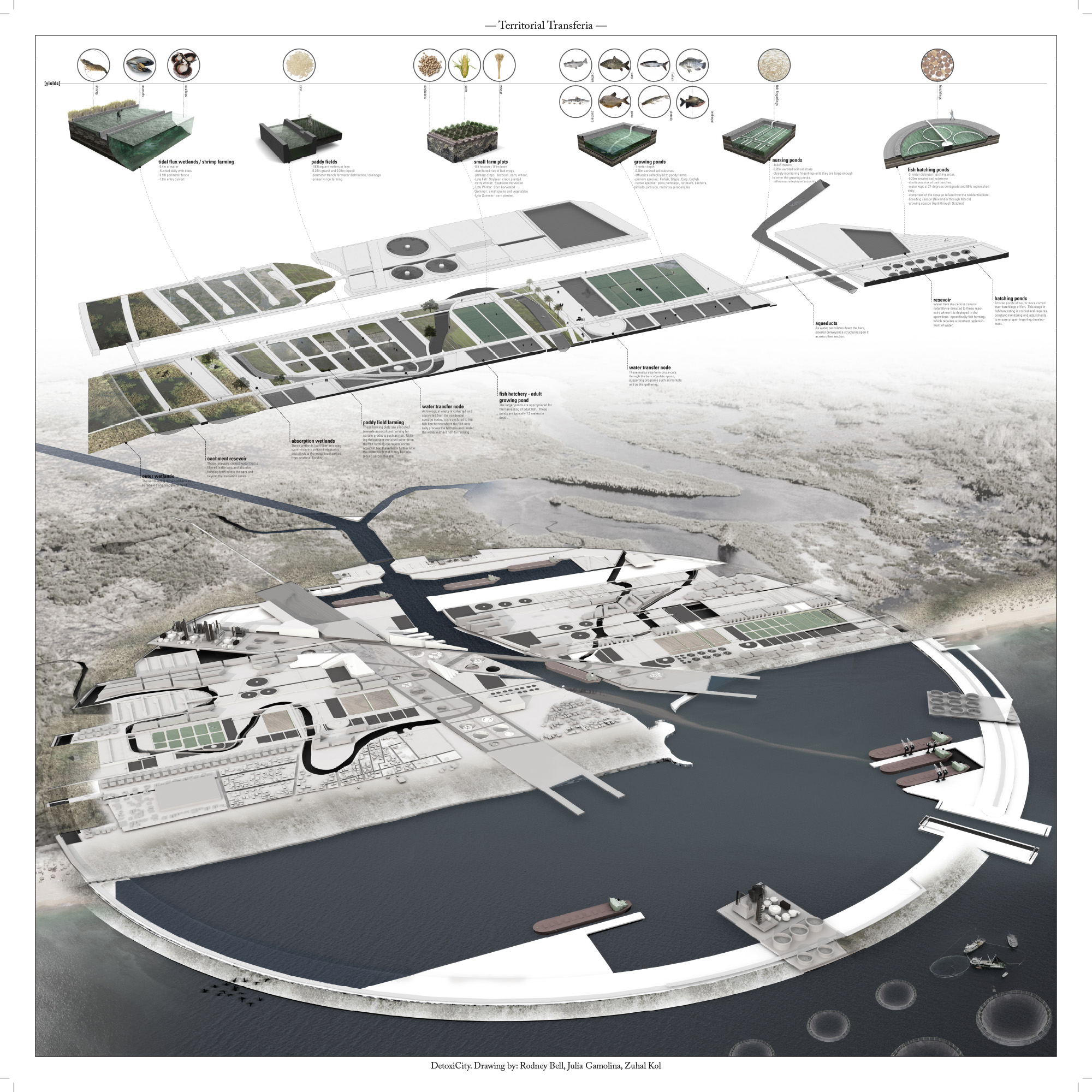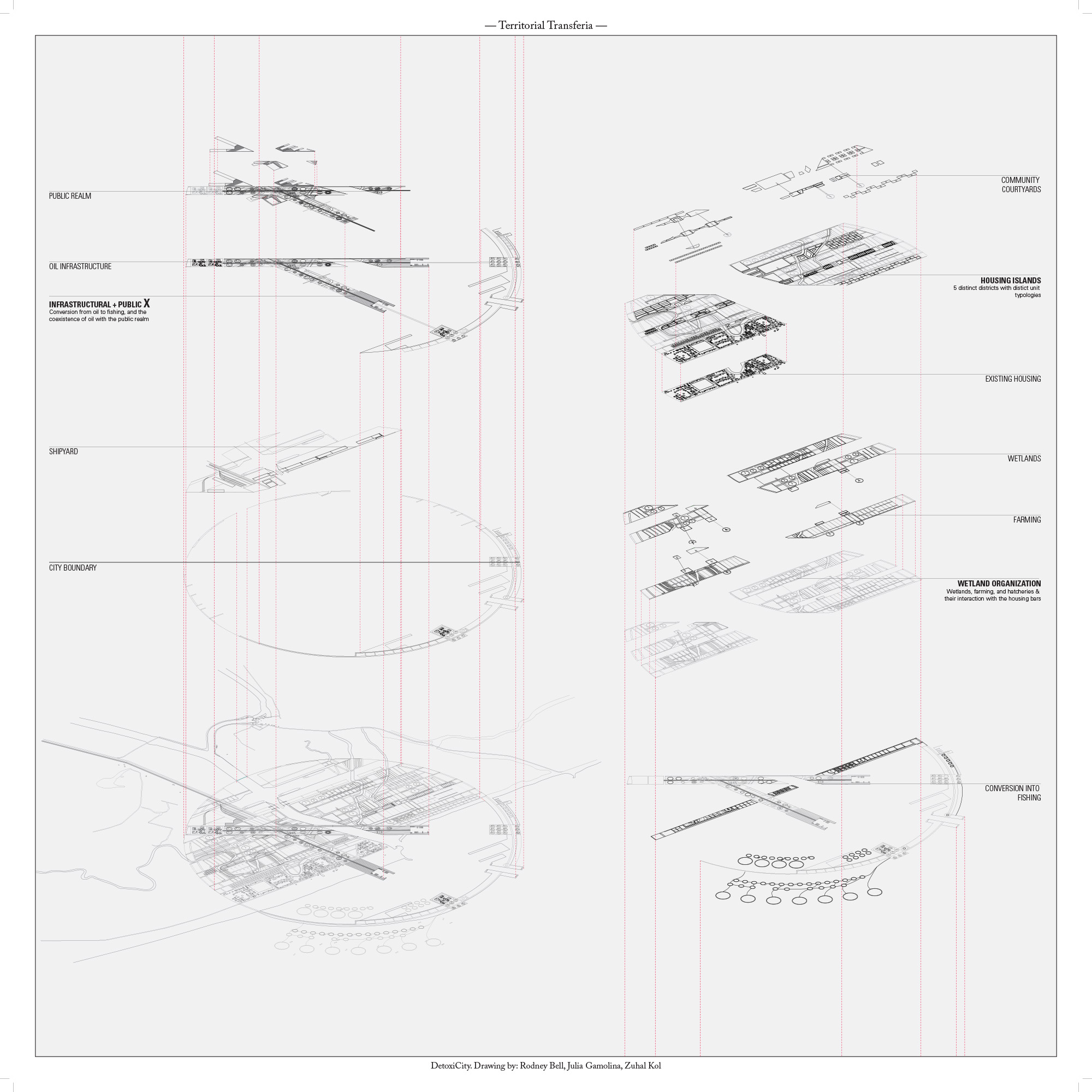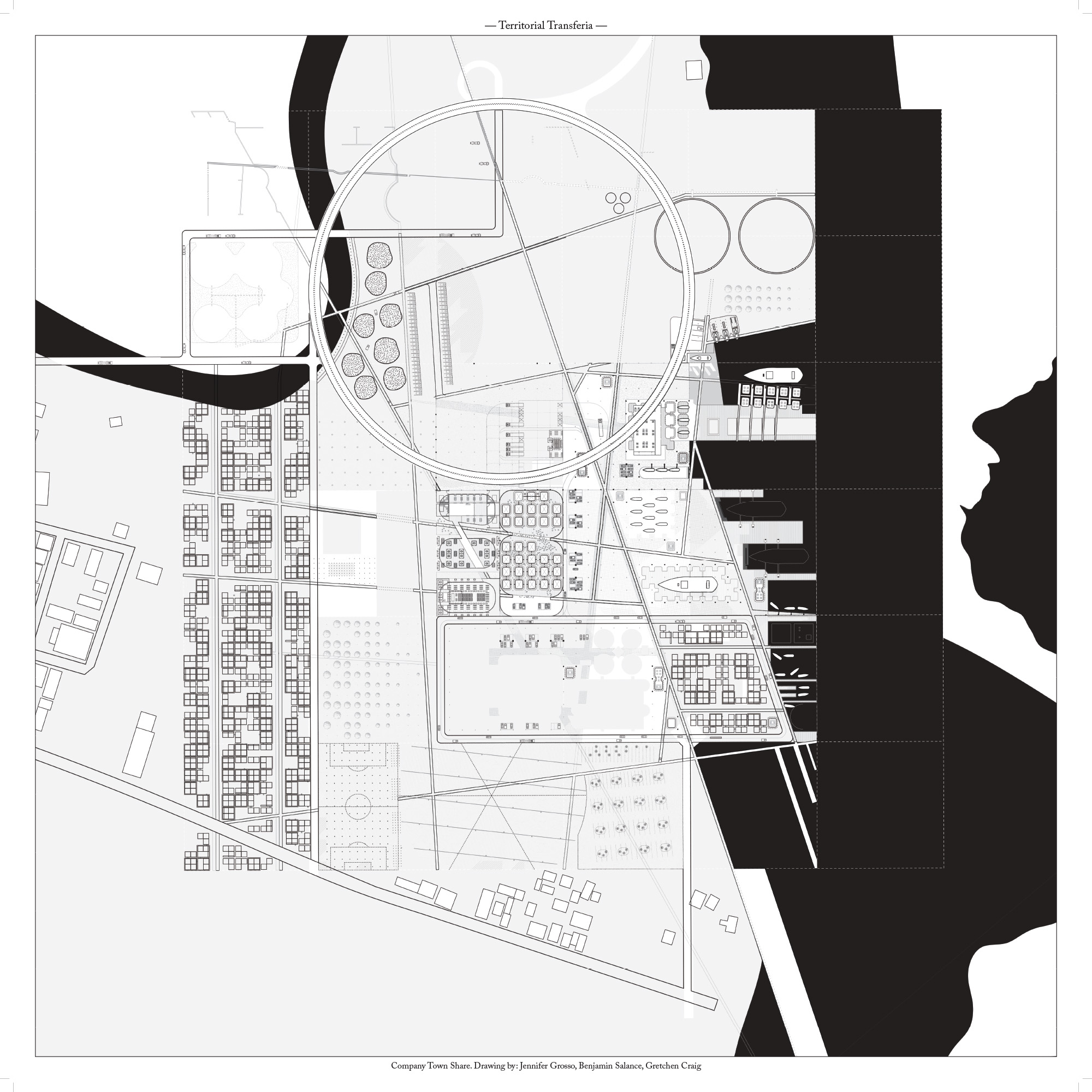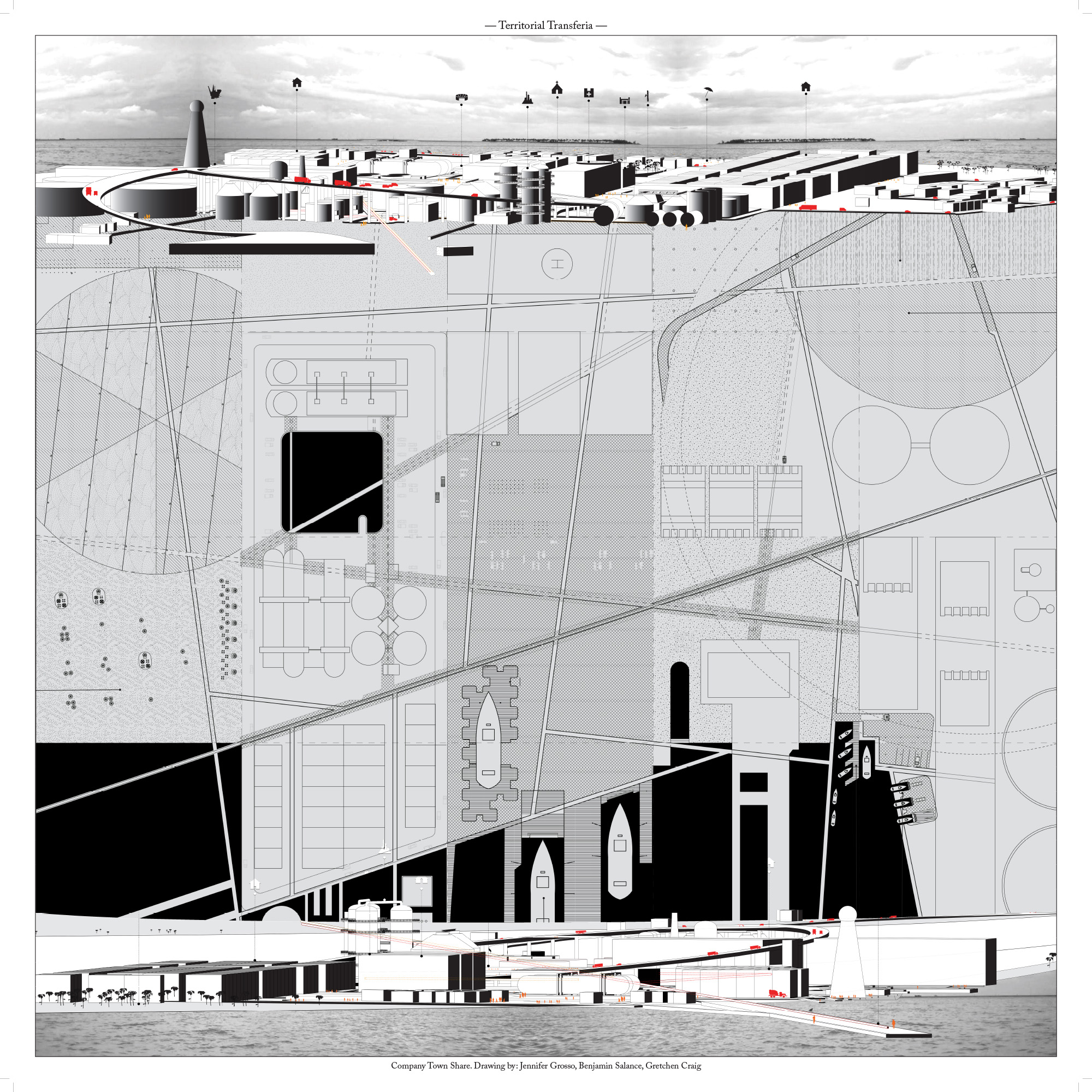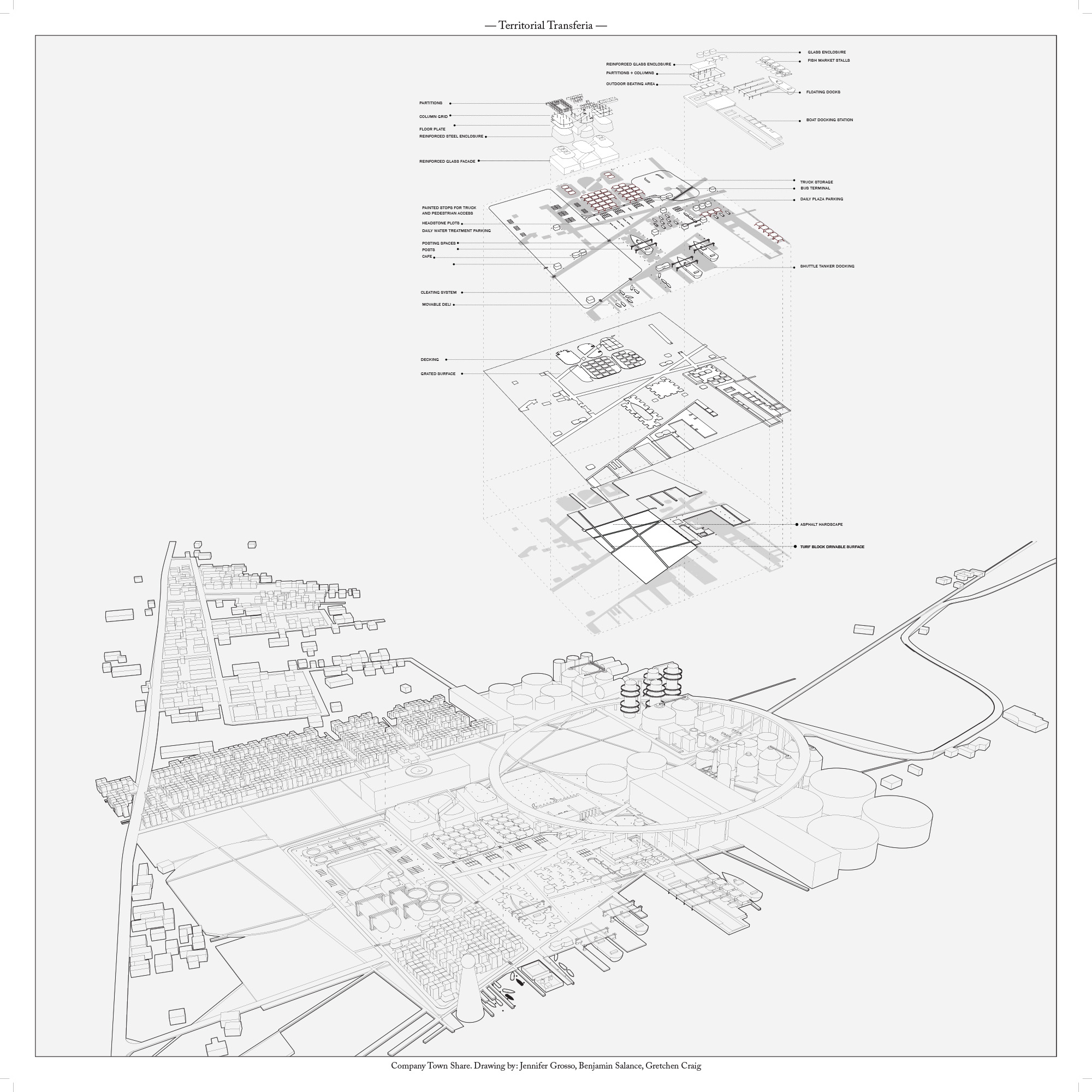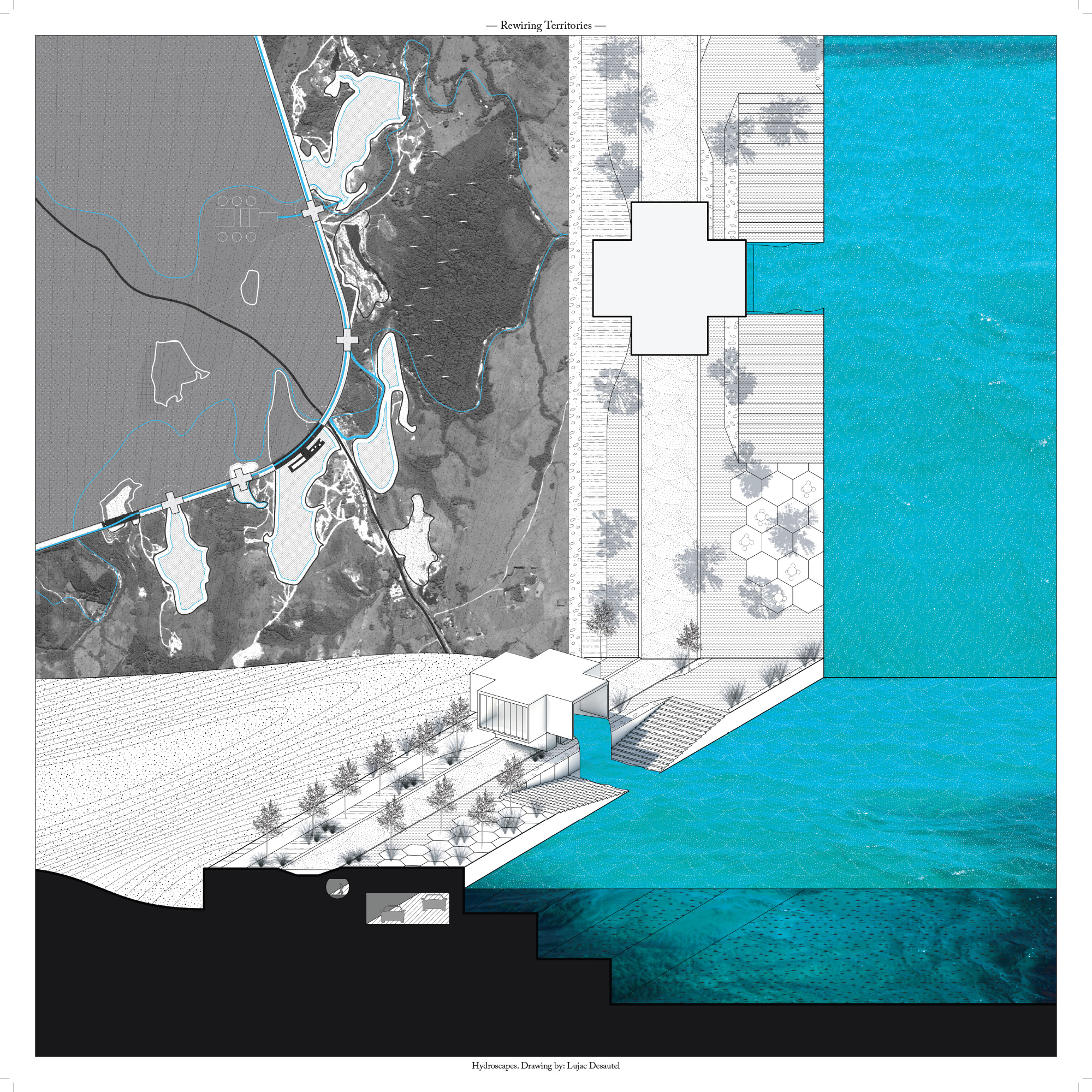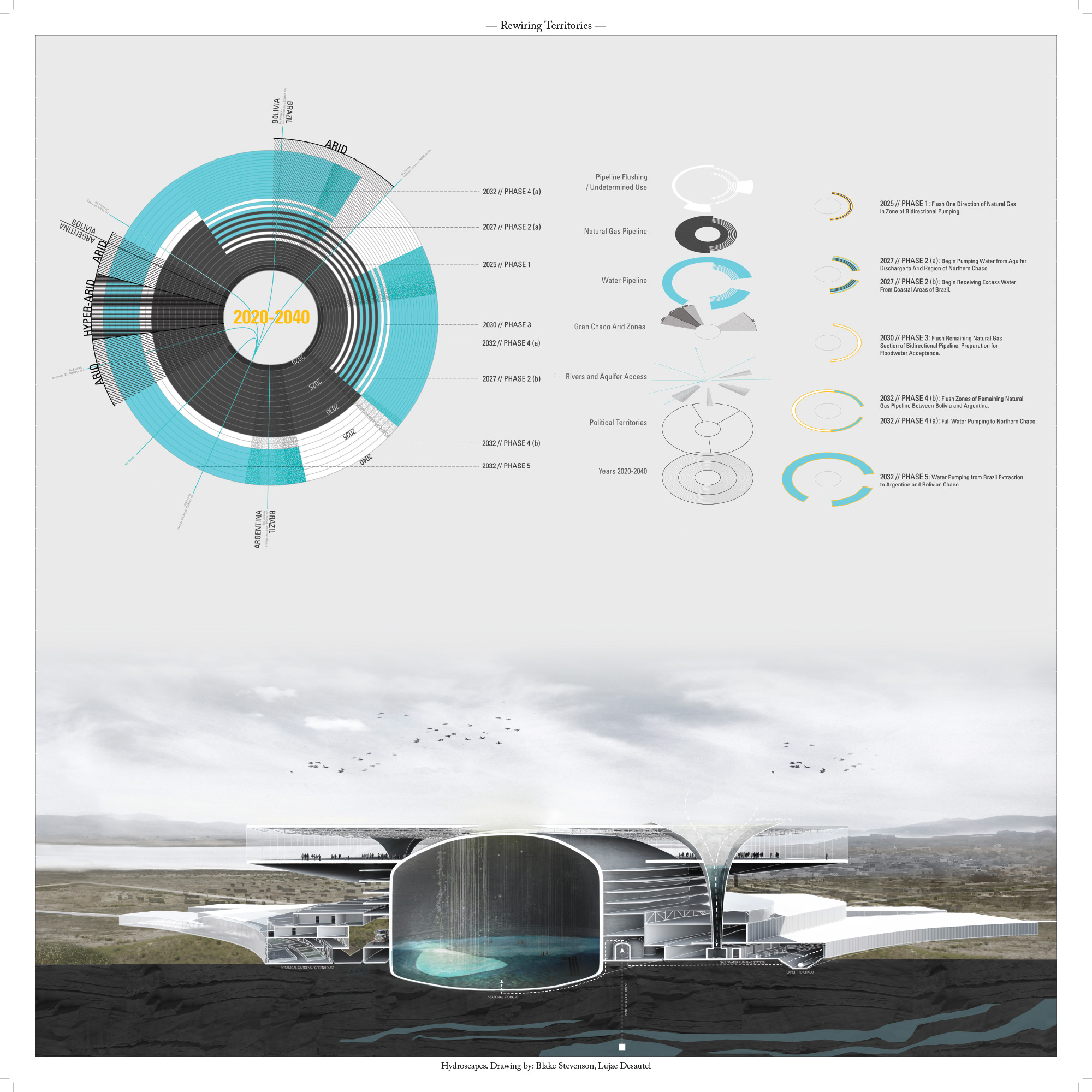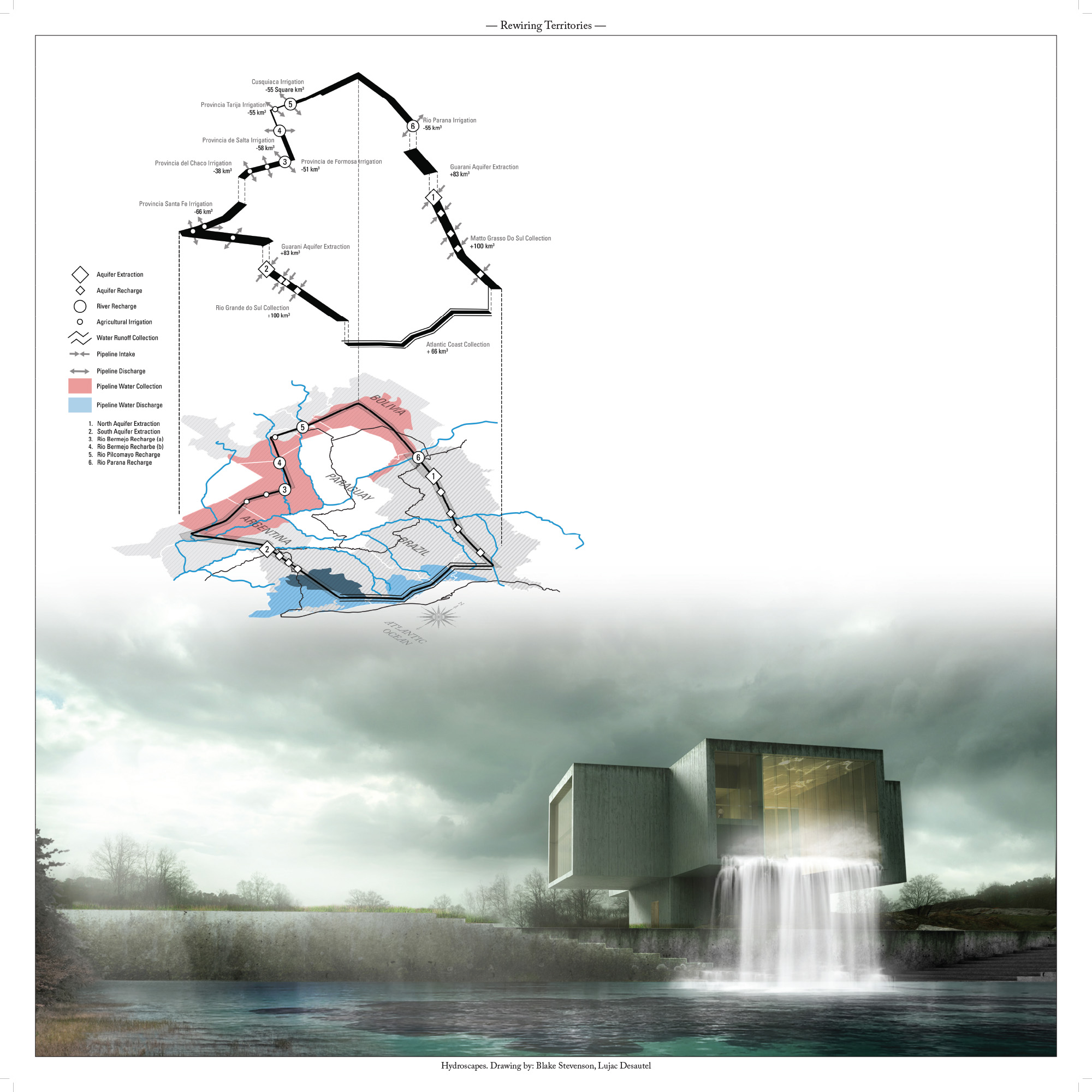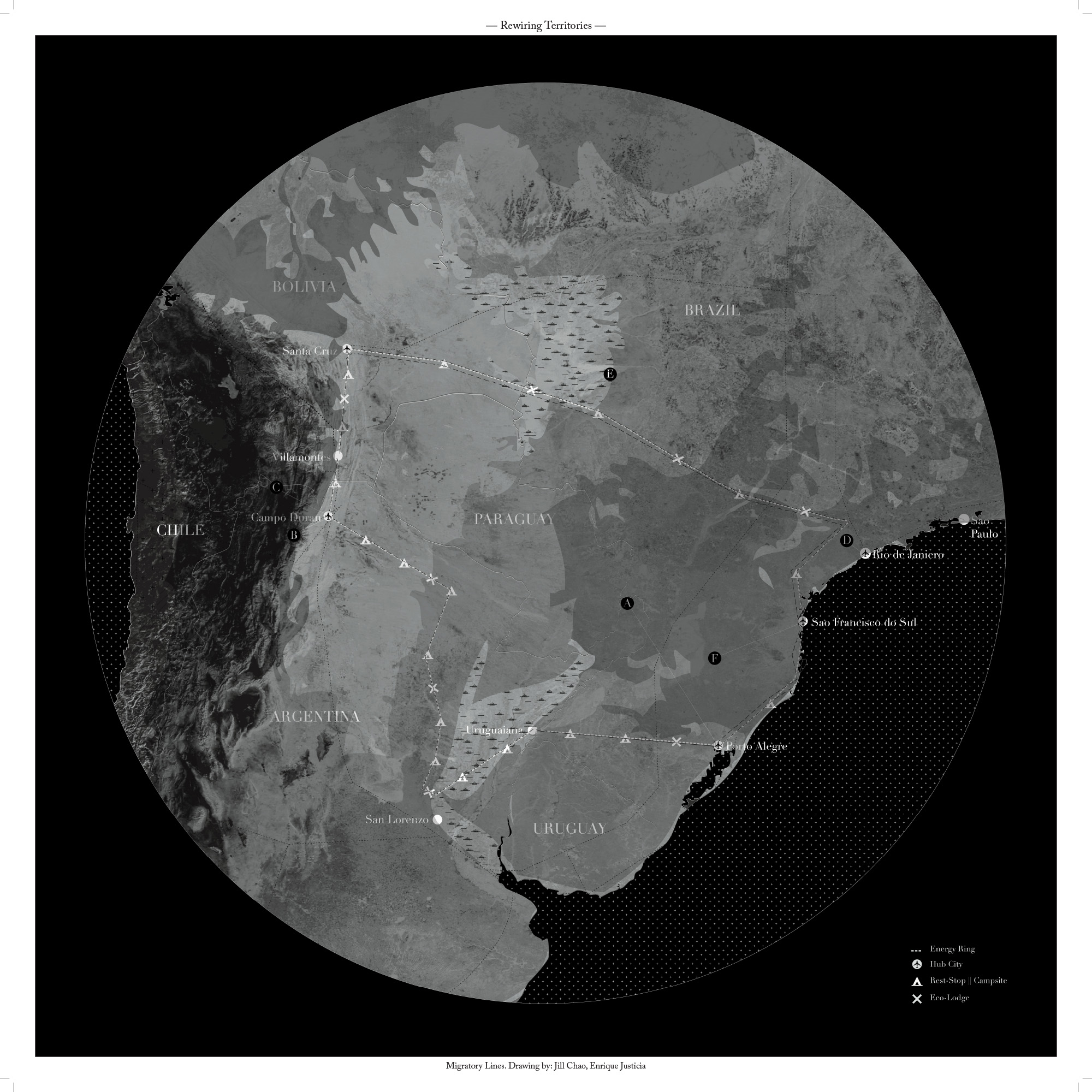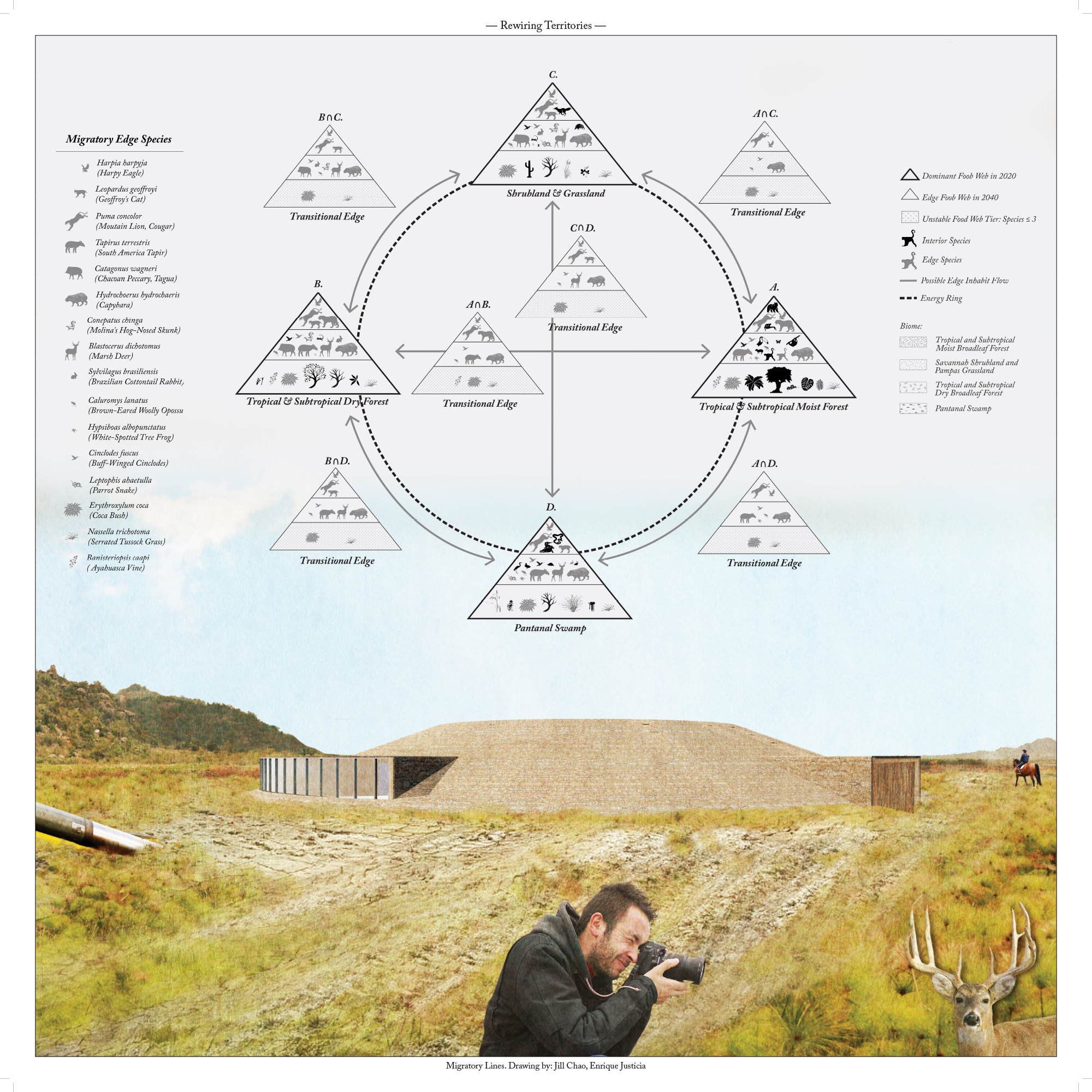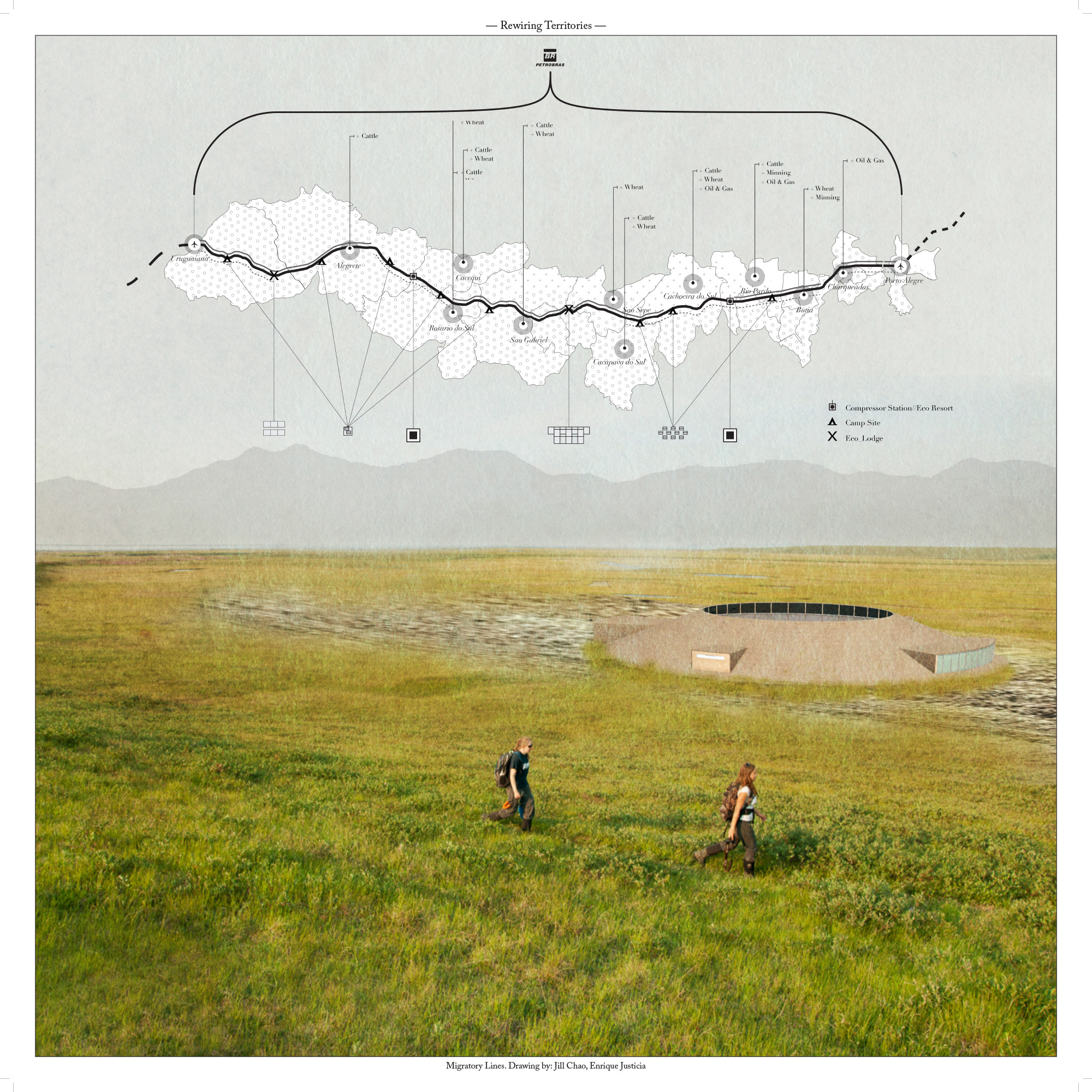The Petropolis of Tomorrow is a design-research project, which examines new Petropolises —cities formed from resource extraction— associated with energy harvesting and production in South America. To date, infrastructure tied to natural resource extraction has rarely been designed using long-term, holistic planning. Despite the growing logistical landscape dedicated to oil extraction, little design effort has been afforded to engaging and empowering the unique social, cultural, environmental, and economic challenges that face new communities and landscapes. The Petropolis of Tomorrow is a multidisciplinary project undertaken in collaboration with The South America Project (SAP), Harvard’s Graduate School of Design, California College of the Art’s Urban Works Agency, Rice University’s School of Architecture, and Cornell University’s Department of Architecture. Its aim is to provide new templates for architecture, urbanism and infrastructural design tied to resource extraction that privileges a systemic symbiosis between economic, political, environmental and social systems.
The project has been developed through three phases, which sequentially track the logistics of the oil industry in and around Brazil. Phase I, Floating Frontiers investigates the water-based urbanism of offshore extraction sites and proposes a series of artificial islands currently being examined by the oil industry. Phase II, Territorial Transferia, focuses on the growing number of company towns that are developing at the land/water interface and transfer of materials, resources, and labor at these sites. Phase III, Rewiring Territories, explores the future production of conduit infrastructures, such as pipelines, that move energy across the South American hinterland. Understanding the lifespan of the oil industry as approximately twenty-five years, The Petropolis of Tomorrow questions how to leverage design opportunities that empower local populations and ecologies by reconfiguring extraction processes, infrastructures, and communities to account for their future production(s).
Cidade Recorrente (FrequenCity)
In the middle of the ocean, water both isolates islands of activity and connects these objects within a broader network. The scale of mobility at sea has no dry analogue — ships can transport cargo the size of city blocks with relative ease. With such capacity, it is possible to condense the spatially dispersed population of the oil fields into a single network scheduled through time. While land-based mobility remains relatively limited, but by way of the ocean, people and city can move omnidirectionally. Optimizing this condition, Frequencity deploys a diverse range of programme shared through three moving networks, which interface between a series of static points to offer the complexity and diversity of the city in a dispersed logistical environment.
Designers: Bomin Park, Peter Stone
Advisor: Neeraj Bhatia
Drift and Drive
A vast network of supply routes currently serve the Brazilian offshore oil industry, delivering food, people, goods and oil back and forth from the mainland. Drift & Drive imagines a consolidated transport network, positioned strategically in relation to an existing network of submarine pipelines that anchor the plan’s three proposed hub islands. Hub islands act as moments of exchange for agriculture, energy, oil and residents. One motor-powered route, oriented south to north, carries oil and gas resources as well as people between rigs and onshore refineries on a timetable. The inverse drift route, carries agriculture and energy harvests from north to south, concentrating those cargoes which do not require speed along the natural currents of the ocean. Between hub islands, a series of agriculture and energy islands punctuate a route derived from the ocean’s current.
Designers: Joanna Luo, Weijia Song, Alex Yuen
Advisor: Neeraj Bhatia
